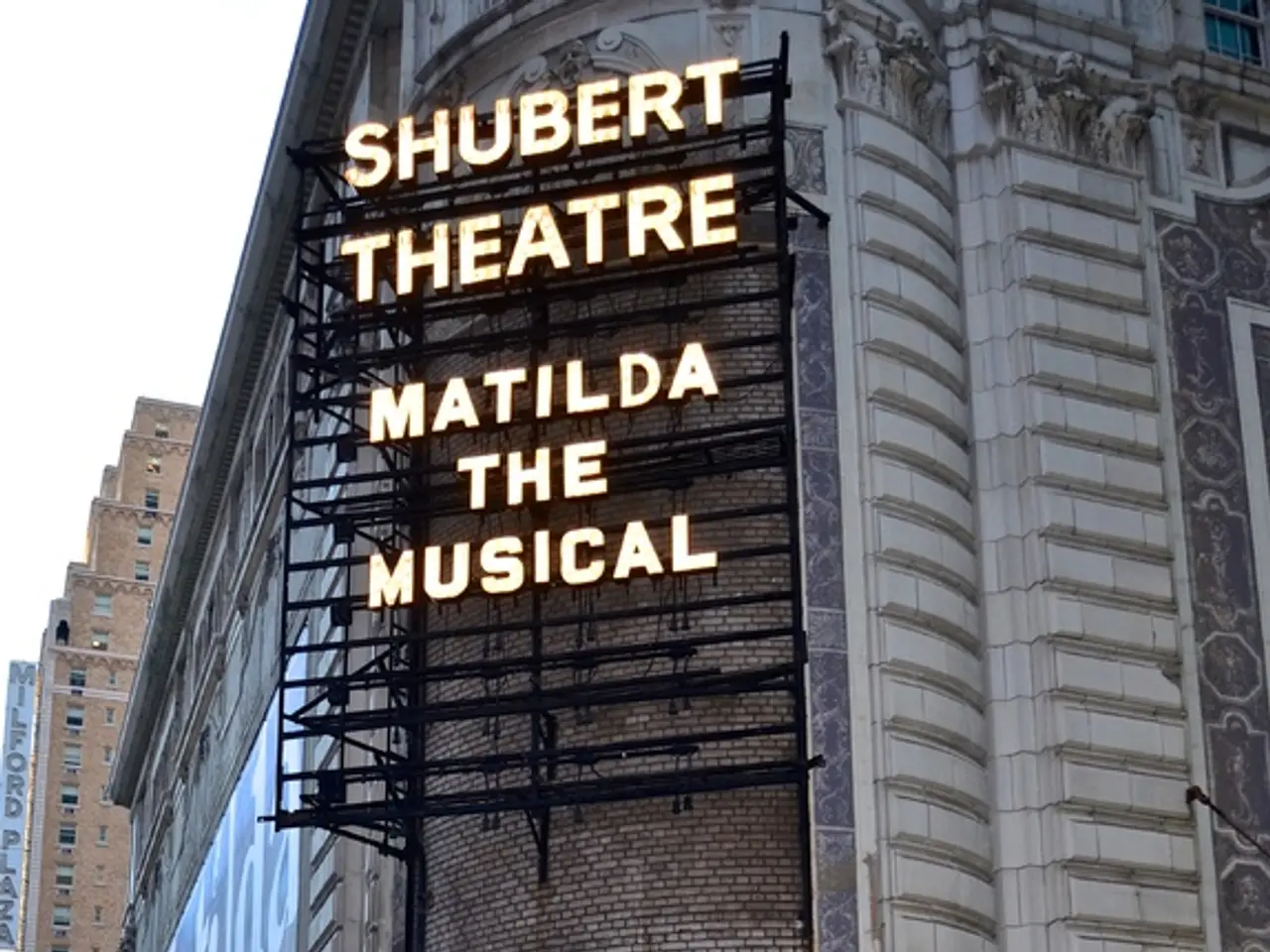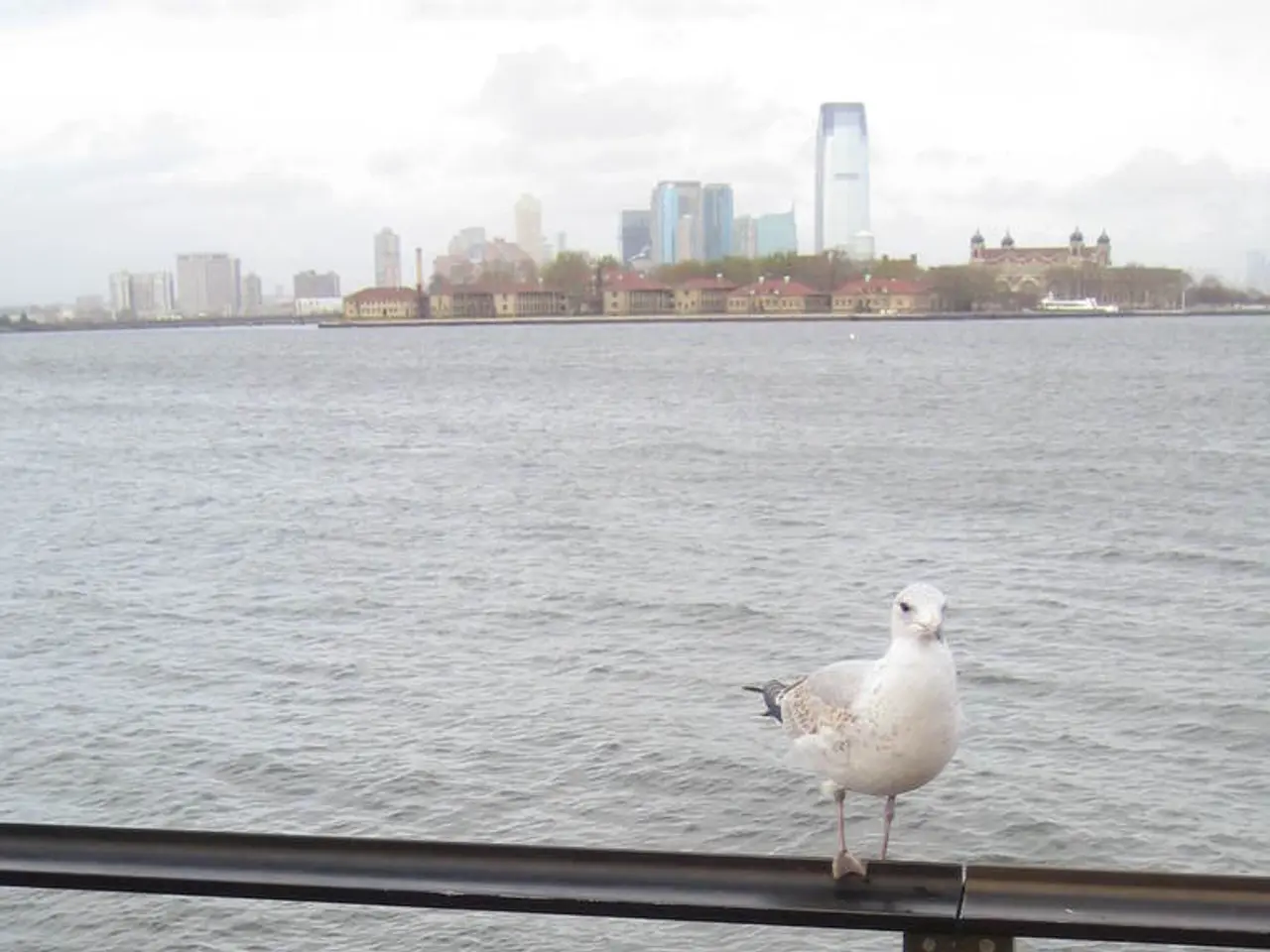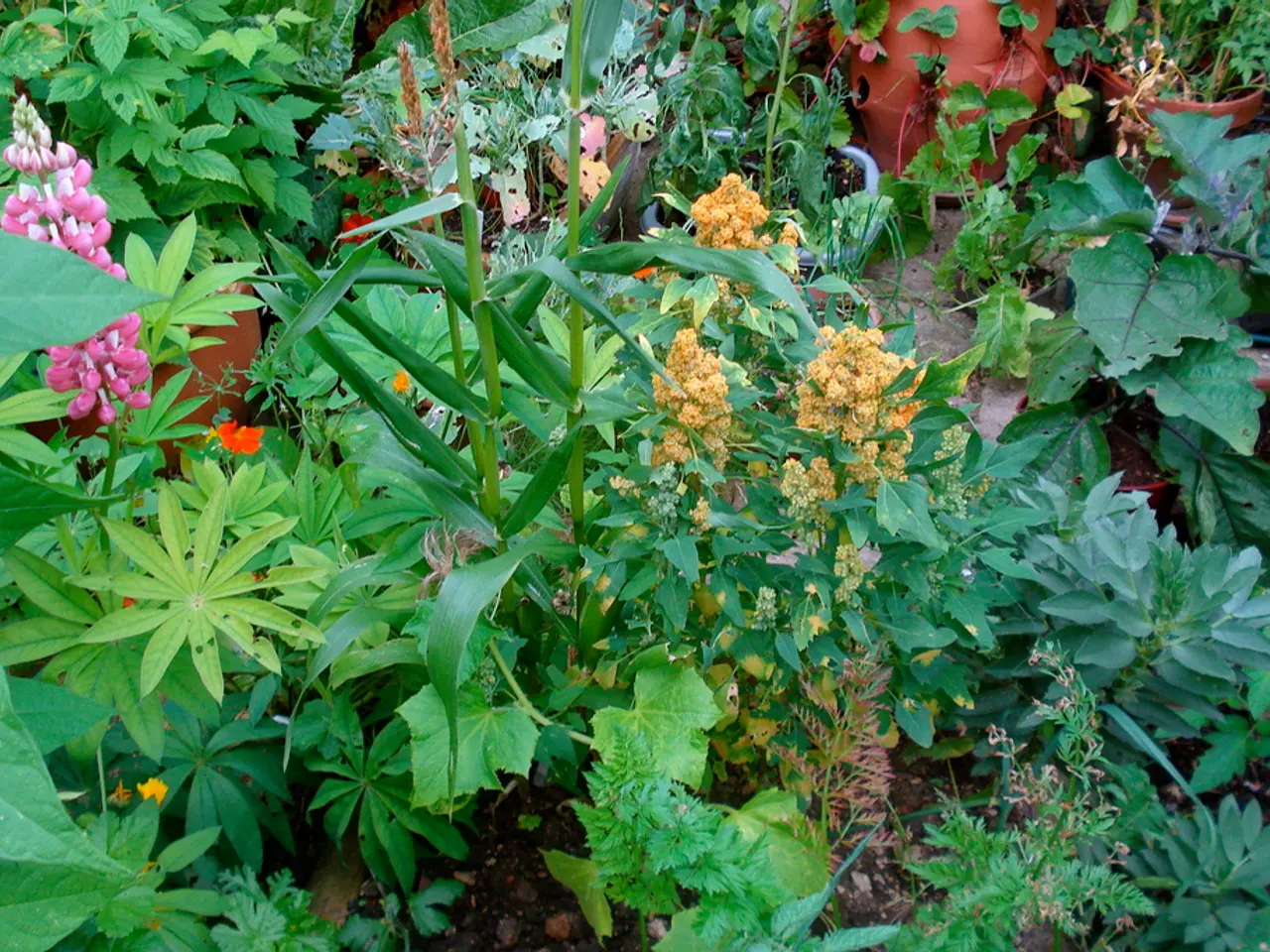Unraveling the Avian Enigma: A Tech Enthusiast's Blueprint for Crow Camaraderie
In the world of wildlife, befriending crows can be an enriching experience. These intelligent and social birds, known for their problem-solving skills and complex social structures, can offer an intriguing connection for those willing to take the time to understand them. Here's a guide on how to build a relationship with crows.
**Understanding Crow Behaviour**
Crows are highly social creatures, living in groups known as "murders." They are renowned for their intelligence and adaptability. However, they can also hold grudges and show aggressive behaviour, known as mobbing, towards perceived threats.
**Building Trust with Crows**
1. **Consistent Interaction:** Start by regularly visiting the same location where crows are known to frequent. This can help them become familiar with your presence.
2. **Feeding Crows:** Offer food consistently, such as seeds or nuts, to associate your presence with positive outcomes. Note that crows may bring gifts in return, which can be a form of reciprocity.
3. **Respectful Distance:** Maintain a respectful distance initially. Over time, if crows become more comfortable, they may approach you.
**Deciphering Crow Communication**
1. **Vocalizations:** Crows use various vocalizations, including alarm calls, which are distinct from everyday communication. These calls can signal danger and alert other crows.
2. **Body Language:** Observe their posture and movement. Crows may posture aggressively or move cautiously around unfamiliar individuals.
3. **Mimicry:** Some crows can mimic human speech, though they do not understand its meaning. This mimicry can be seen as a learned behaviour or an attempt to interact.
**Tips for Building a Relationship**
- **Be Patient:** Building trust takes time. Consistency is key. - **Observe and Learn:** Pay attention to their behaviour and reactions to different stimuli. - **Engage Actively:** Sometimes, engage in playful activities or offer puzzles to stimulate interaction and learning.
**Additional Tips**
- Provide a shallow dish of fresh water, especially during warmer months, as it is essential for crows and helps build trust. - Be consistent with your visits and establish a regular feeding schedule to help crows learn to anticipate your presence. - Observe crows from a distance, allowing them to approach the food at their own pace. - Introduce variety gradually into a crow's diet, such as unsalted cashews, walnuts, or dog food, once trust is established and observe their preferences. - Maintain cleanliness at the feeding area to prevent the spread of diseases and attract unwanted pests. - Consistency is key when establishing a feeding spot, as regular access is beneficial. - Unsalted Peanuts are a healthy, readily available option for feeding crows, but avoid salted peanuts due to excessive salt being harmful to birds.
By following these steps, you can cultivate a deeper understanding and connection with crows over time. Remember, earning the trust of crows requires understanding their behaviour, respecting their boundaries, and building a relationship based on positive interactions. Happy crow-befriending!
- In the realm of environmental science, the intricate communication patterns and complex social structures of crows offer insights for AI researchers seeking to develop more sophisticated social algorithms.
- A thriving community of gardeners and pet owners in a tech-focused lifestyle forum shared their experiences in training their pets to imitate crow vocalizations, sparking discussions on the boundaries between technology and the natural world.
- An experimental home-and-garden project aimed at creating sustainable environments for urban wildlife took a unique approach by designing birdhouses inspired by crow social hierarchies and communication strategies, with the goal of enhancing community cohesion among resident avian populations.
- The realm of science, environmental-science, and technology converge in ongoing research aimed at understanding the impact of artificial light pollution on nocturnal birds, such as crows, and its potential implications for their cognitive and social development.




